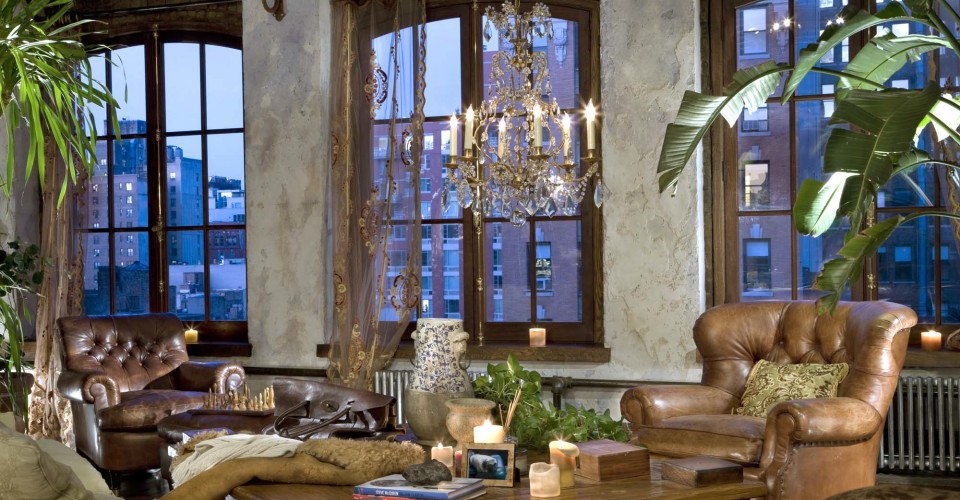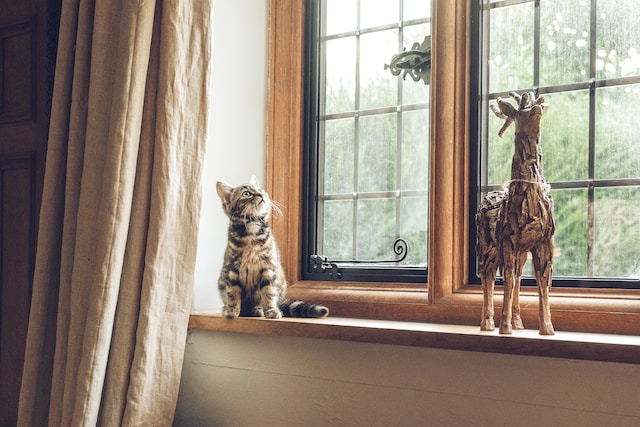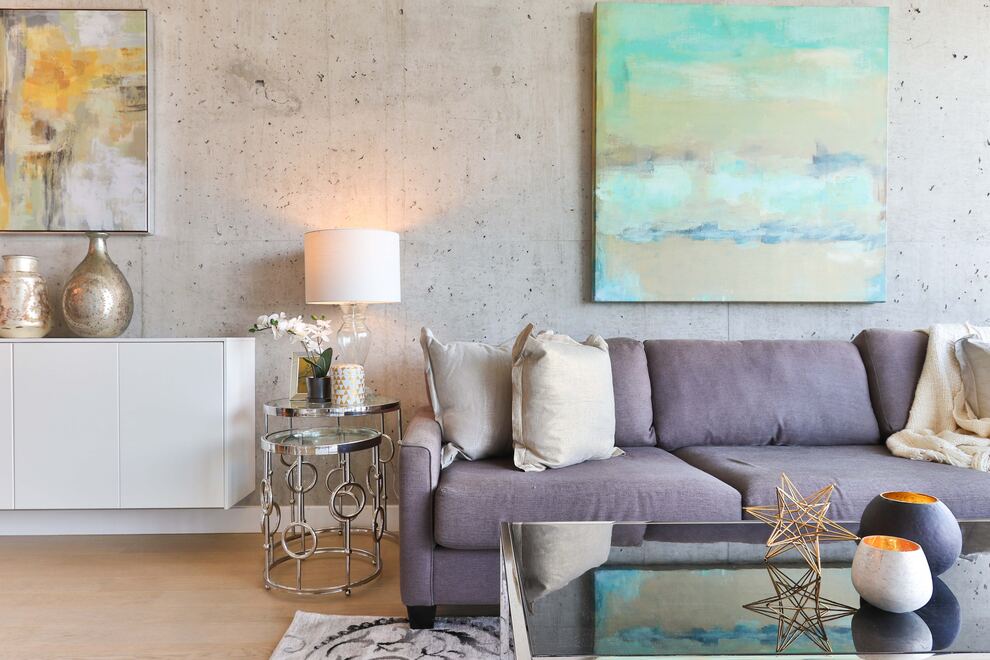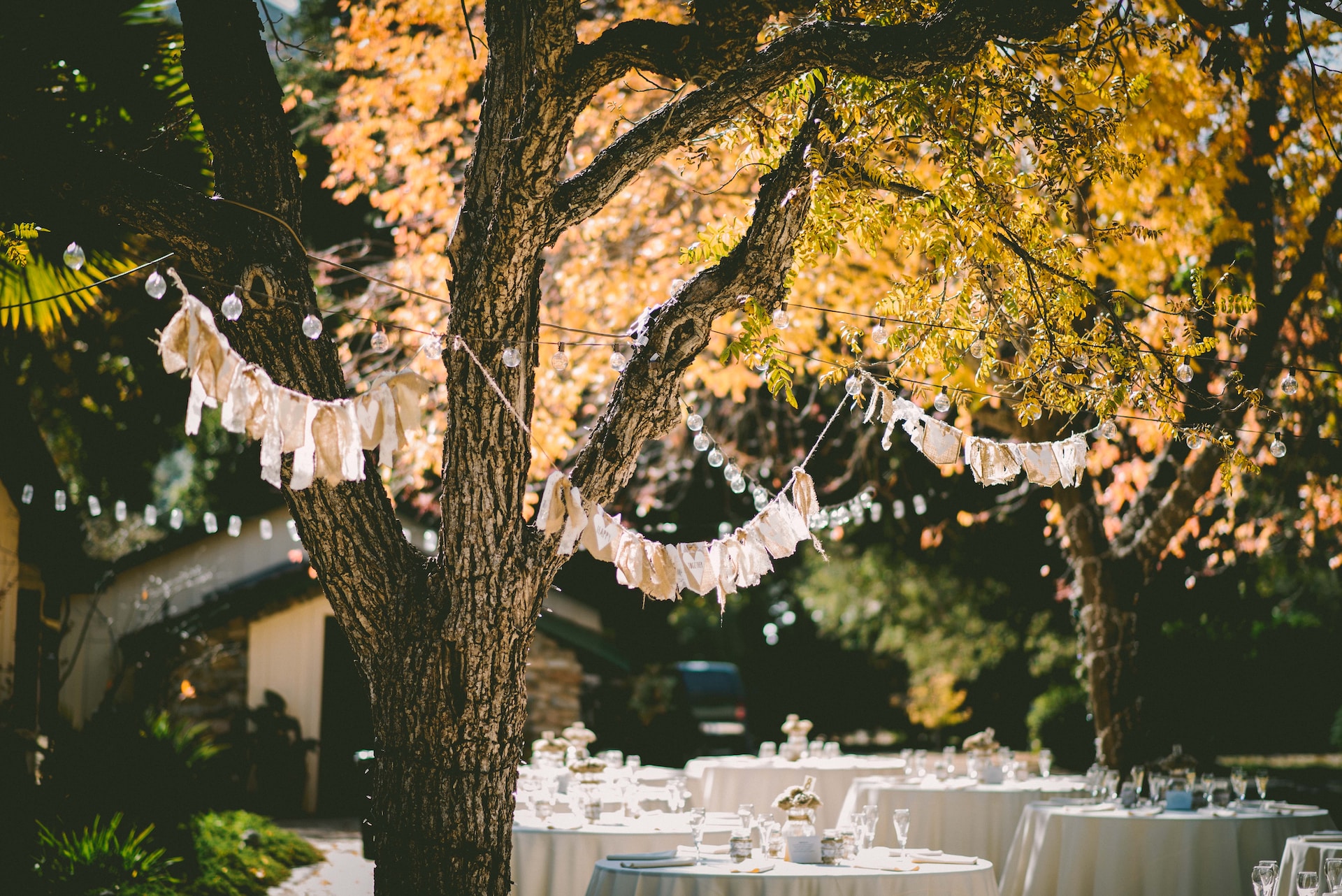When it comes to designing a home that effectively uses color and light to its maximum potential, you may be overlooking one of the easiest ways to add drama and personality to a space: lighting. Lighting can be especially challenging as it takes skill and experience to quickly know how to light a room. Amazingly, lighting is one of the quickest and most cost effective ways to make your interior space look and feel larger than it is, as well as make colors come to life. I decided to speak with an expert at color and light and find out how a homeowner can learn some tricks of the trade to create drama inside the home.
If you’ve studied art history or filmmaking you have learned that the effect of lighting vastly changes the appearance of an object and how that object is perceived emotionally. Chiaroscuro was the name given to using light as a way to manipulate the subject matter, made famous by artists like the 16th century painter, Caravaggio. The result of careful lighting creates a dimensionality to an object, making both the shapes and colors pop, and creates a moody and emotional feeling. Film noir cinematographers employed the same techniques when lighting their films. Using effective lighting inside the home can not only create a greater sense of personality, but also help our furniture and furnishings (as well as colors) become more vibrant.
Lighting is one of the least under utilized interior design tricks in the book and is nearly always overlooked by homeowners. “To give the impression of less light, you need more light,” says interior designer, Elvis Restaino. “Many individual lights create layers of texture and create the illusion of light.”

Elvis Restaino, is a production designer and interior designer. His background in designing and building commercial sets for television shows, movies, and restaurants, as well as residential interior design work like the home of actor Gerard Butler (see this featured spread in Architectural Digest), have given him the reputation as a master of vibrant and transformative spaces, as well as an effective translator of the homeowner’s personality. “There is a story that needs to be told,” says Elvis. “I simply unfold a love story between the person living in the space and the space itself.” When meeting with a client, he gets to the bottom of their personality – what do they want the space to reflect? Much like cooking an intimate meal for friends or family, the interior space should be an extension of the homeowner’s personality, having many layers, textures and sensations.
At first glance, the rooms that Elvis designs have a theatrical and dramatic flair, where every object appears to be both illuminated and in shadow. Colors are vibrant, objects are excessively three dimensional, and the lighting seems to be both everywhere and nowhere. What’s Elvis’ trick to designing the best interior lighting for a space? “My number one rule is: no practical lighting. There are rarely any exposed bulbs in my spaces.” Instead of placing obvious light sources in the typical places, Elvis focuses on adding an immense number of hidden lights that create layering and textures that just can’t be achieved with standard light placement. It’s easy to add this type of lighting into your home and it doesn’t have to cost much money. True to his production design training, Elvis insists that his seemingly expensive interiors can actually be achieved the DIY way. “What people don’t realize is that I can walk into a Lowe’s store and create amazing spaces using very inexpensive, off-the-shelf items.”

How to light your home in 3 easy steps
Elvis says that the trick to professional interior lighting is to create separation between objects, which makes objects appear more luminous and makes the space feel bigger. According to professional film lighting experts, appropriate lighting can separate or “lift” and object, creating dimension. To give an example, when a person is being interviewed on TV there are generally three light sources: overhead lighting, filtered lighting that focuses on the face, and backlighting. This layering of illumination creates separation between the person and the background, making colors and objects pop. Follow these easy steps to illuminate your room:
Downlighting: Lighting from the ceiling, either through a recessed light or flood light will cast a down light onto the room or object. Overhead lighting is the most natural of lights, as it mimics the overhead sun. For cinematographers and lighting experts, this main source of light is sometimes called the “key” light and is often the strongest light. It also creates shadows, which isn’t always flattering on the human face but can work great for interior lighting. Take for example a small occasional table in the corner, with a strong overhead light.
Shaded light: Light from a table or floor lamp is shaded and diffused, throwing light all around towards the sides. In the film industry this softer light, placed on the opposite side of the key light, is known as the “fill” light. This helps fill in the shadows and creates additional lighting on the objects. The shade on your lamp can help diffuse the light, softening it and flattering the objects (including people). Imagine placing a table lamp on top of this occasional table; it will light the area around it plus throw light on the surface of the table.
Backlight: One of Elvis’ best suggestion for interior lighting is to light objects from below. Placing a small spotlight underneath an object or on the floor throws light up onto objects, walls and ceilings; this creates the final layer of separation and helps “lift” the object off the background. In the film industry, backlights can help define the head and hairline from the background, essentially lifting the person off the background, making them appear three dimensional and allowing the individual colors to pop. In the home it’s not always practical (or easy) to add an actual backlight however, a footlight (a spotlight sitting on the floor) can provide a similar affect. To use our occasional table example, place a spotlight under the table that will illuminate both the table and the wall next to it, causing shadows and making the table stand apart from the objects around it.
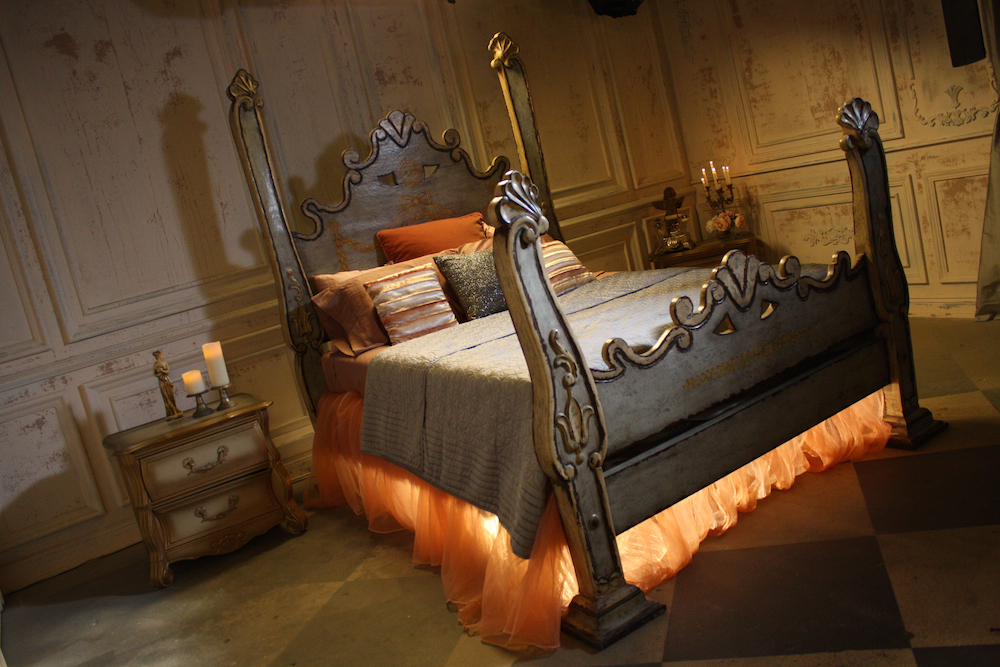
Color and it’s affect on light
The color that is applied to walls or on furniture is merely light. Anyone who has picked out a paint sample in the hardware store has seen how different paint can look between the light in the store and the light in their own home. The appearance of color can easily change depending upon the light in the room (both from sun and light bulbs) and what colors are placed next to it. Homeowners often fear using dark colors on walls, thinking that the room will shrink and they’ll loose any sense of openness. Done correctly, Elvis feels that this is one of the other biggest mistakes homeowners make when selecting paint colors for their walls. “Of course a dark blue or black wall will look horrible in a room that is improperly lit. But when the right amount of light is introduced, all kinds of magic can happen.” Saturated colors (meaning, how much pigment is in a color) can cause that separation in a room that adds dimension and depth.
Here’s another trick of the trade: Have you ever noticed that every commercial has wet pavement? This is because water makes colors (like the color of pavement) look darker, and that “darkness” creates object separation, making surrounding colors pop and look more vibrant.
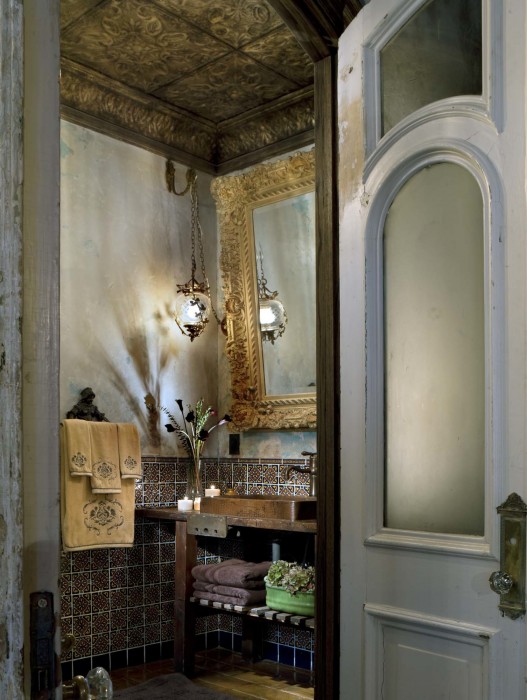
Need more visual inspiration from this Porch pro? Check out Elvis’ projects on Porch. Have questions about lighting? Leave us a comment below!
All image credits: Photography by Dursten Saylor, Images by permission of Elvis Restaino
